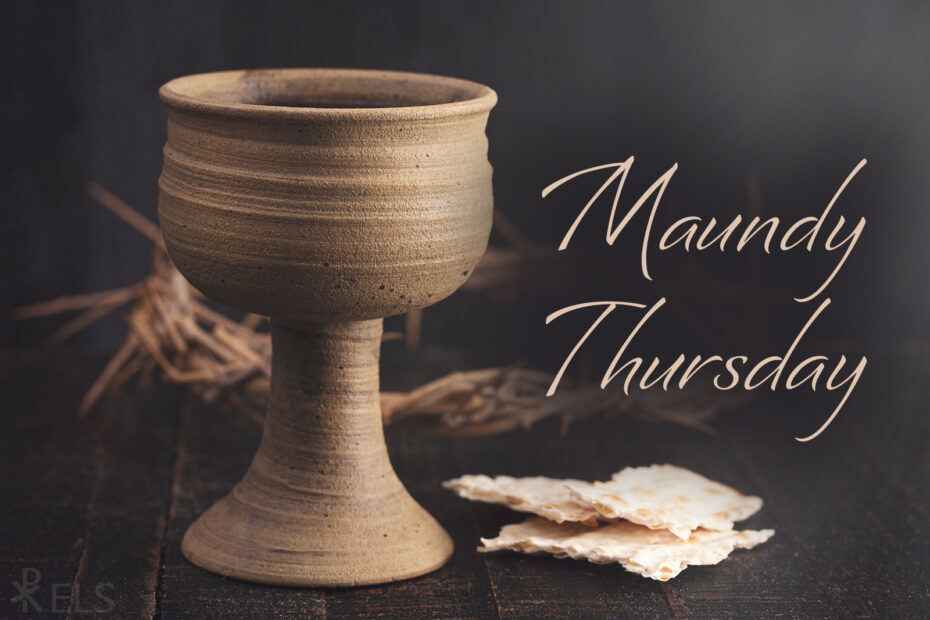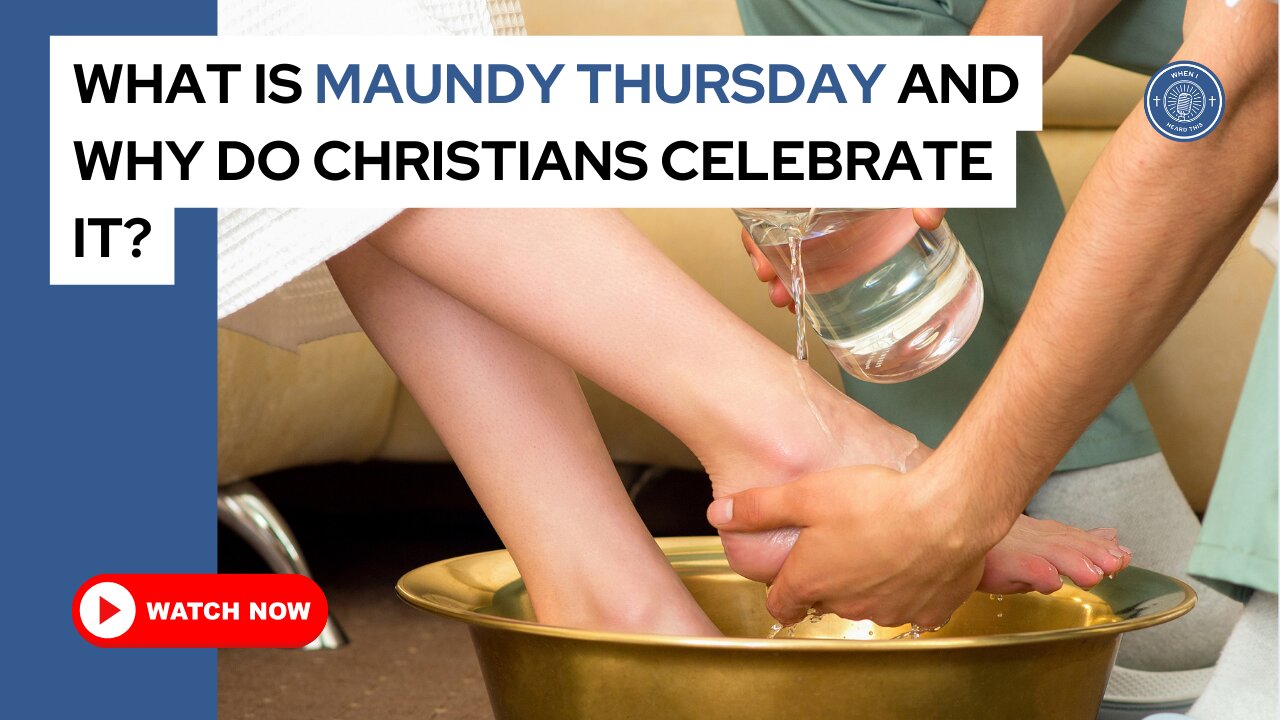Maundy Thursday: Meaning, Significance & How It's Celebrated
What day is Maundy Thursday, and why does it resonate so deeply with Christians worldwide? Maundy Thursday, the Thursday before Easter, is a pivotal moment in the Christian calendar, commemorating the events of the Last Supper and setting the stage for the Passion of Christ.
Maundy Thursday, also known as Holy Thursday, holds a significant place within the Christian liturgical year. It's the Thursday before Easter, and serves as the launchpad for the sacred Paschal Triduum, culminating in the joyous celebration of Easter Sunday. This day, steeped in history and spiritual weight, is a remembrance of the Last Supper, the final meal Jesus shared with his disciples before his crucifixion. Its a solemn occasion, one that invites Christians to reflect on Jesus's actions, teachings, and the profound love he exemplified.
The observance of Maundy Thursday has deep roots, traceable back to the early Church. Historical accounts suggest its celebration as early as the late 4th century, and the traditions surrounding it have evolved and deepened over the centuries. Today, it is observed globally with a rich tapestry of customs that highlight the core message of the day: service, humility, and the profound gift of the Eucharist.
The very name, "Maundy Thursday," is rich with meaning. The word "maundy" finds its roots in the Latin word "mandatum," meaning "commandment." This points directly to the central act of the day: Jesus's commandment to his disciples, "Love one another. As I have loved you, so you must love one another" (John 13:34). This directive to love and serve one another lies at the heart of the Maundy Thursday commemoration.
At the Last Supper, Jesus enacted two pivotal actions that continue to shape the observance of Maundy Thursday. Firstly, he instituted the Eucharist, also known as Holy Communion. He took bread, broke it, and gave it to his disciples, saying, "This is my body, which is given for you. Do this in remembrance of me." Then, he took a cup of wine, and said, "This cup is the new covenant in my blood, which is poured out for you." This act established a lasting ritual for Christians, a way to symbolically participate in Christ's sacrifice and resurrection.
Secondly, Jesus demonstrated profound humility by washing the feet of his disciples. This act of service, often practiced by servants, was a powerful demonstration of Jesus's love and willingness to serve others. It serves as a powerful symbol of the way Christians are to live: with humility, service, and a deep care for one another. This act is a living embodiment of Jesus's commandment to love one another.
The Last Supper, as narrated in the Gospels, was not just a meal but a profound moment of revelation and anticipation. It was also the night of Jesus's betrayal and arrest. Judas, one of the twelve disciples, identified Jesus to the authorities, leading to his arrest and subsequent trial. This stark contrastthe intimacy of the Last Supper juxtaposed with the impending betrayalgives Maundy Thursday a unique character, a blend of hope, sadness, and anticipation.
The observance of Maundy Thursday varies between denominations, but many shared elements unite them. A central element is the Eucharist. Churches often hold special services on Maundy Thursday during which they commemorate the Last Supper and receive Holy Communion. This act is a tangible way for believers to connect with the core narrative of the day, the sacrifice and love of Jesus Christ.
Many churches also incorporate a foot-washing ceremony. This ceremony serves as a physical reenactment of Jesus's act of washing the feet of his disciples, symbolizing humility and service. It reminds believers of the importance of putting others' needs ahead of their own.
Chrism Mass, a significant event within the Catholic Church, is often celebrated on Maundy Thursday (or sometimes during Holy Week). This mass is held in the diocesan cathedral and involves the blessing of holy oils, including the oil of the sick, the oil of catechumens, and the chrism oil. These oils are then used throughout the year in various sacraments, symbolizing healing, strength, and consecration.
The Lutheran Church, too, considers Maundy Thursday a special day within the liturgical calendar. They use this occasion for reflection, remembrance, and preparation for Easter. The day provides an opportunity to look deeply into the significance of the actions and words of Jesus at the Last Supper and ponder its implications for the way believers live their lives.
The meaning of Maundy Thursday extends far beyond the specifics of its observances. Its an invitation to contemplate the essence of Christian faith: love, service, sacrifice, and remembrance. It is a reminder of the immense love Jesus had for humanity, his willingness to serve, and the gift of the Eucharist. Its a time to reflect on how, as Christians, believers can embody these principles in their daily lives.
The day before Good Friday, Maundy Thursday marks the transition towards the climax of Holy Week. It is the end of Lent and a step closer to Easter. It emphasizes the connection between Jesuss final meal, his suffering, and the eventual triumph of his resurrection, which believers celebrate on Easter Sunday.
The commemorations of Maundy Thursday often have a strong community aspect. Many churches hold agape meals, which are fellowship meals designed to echo the shared meal of the Last Supper and encourage Christians to eat together, building a sense of unity and love, a central theme of the day. The services are often enriched by the use of readings from Scripture, hymns, and prayers that help believers contemplate the importance of the day.
In our modern world, the observance of Maundy Thursday continues to evolve, with churches incorporating digital worship and interfaith dialogues. However, at its core, the day remains a powerful call to action, urging Christians to act on the commandment to love one another, serve those in need, and remember Jesus Christ's sacrifice.


